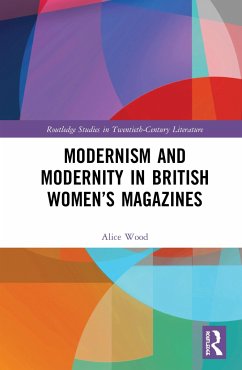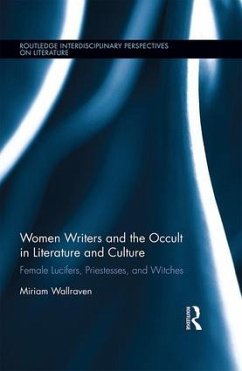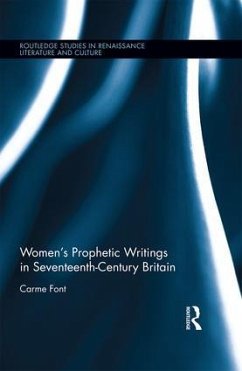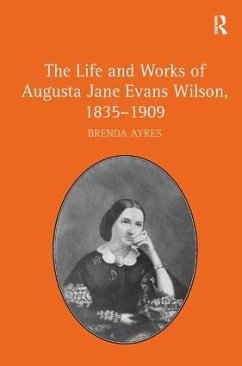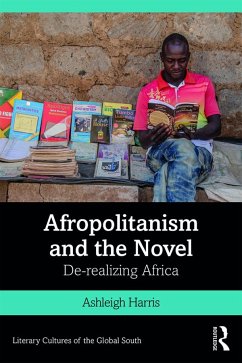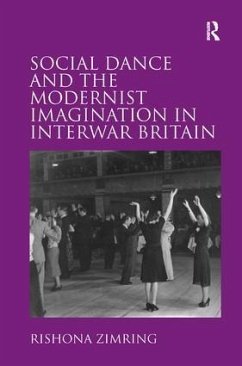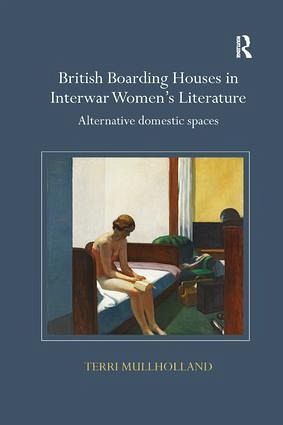
British Boarding Houses in Interwar Women's Literature
Alternative domestic spaces
Versandkostenfrei!
Versandfertig in 1-2 Wochen
59,99 €
inkl. MwSt.
Weitere Ausgaben:

PAYBACK Punkte
30 °P sammeln!
Embraced for the dramatic opportunities afforded by a house full of strangers, the British boarding house emerged as a setting for novels published during the interwar period by a diverse range of women writers from Stella Gibbons to Virginia Woolf. To use the single room in the boarding house or bedsit, Terri Mullholland argues, is to foreground a particular experience. While the single room represents the freedoms of independent living available to women in the early twentieth century, it also marks the precariousness of unmarried women's lives. By placing their characters in this transient ...
Embraced for the dramatic opportunities afforded by a house full of strangers, the British boarding house emerged as a setting for novels published during the interwar period by a diverse range of women writers from Stella Gibbons to Virginia Woolf. To use the single room in the boarding house or bedsit, Terri Mullholland argues, is to foreground a particular experience. While the single room represents the freedoms of independent living available to women in the early twentieth century, it also marks the precariousness of unmarried women's lives. By placing their characters in this transient space, women writers could explore women's changing social roles and complex experiences - amateur prostitution, lesbian relationships, extra-marital affairs, and abortion - outside traditional domestic narrative concerns. Mullholland presents new readings of works by canonical and non-canonical writers, including Stella Gibbons, Winifred Holtby, Storm Jameson, Rosamond Lehmann, Dorothy Richardson, Jean Rhys, and Virginia Woolf. A hybrid of the modernist and realist domestic fiction written and read by women, the literature of the single room merges modernism's interest in interior psychological states with the realism of precisely documented exterior spaces, offering a new mode of engagement with the two forms of interiority.





